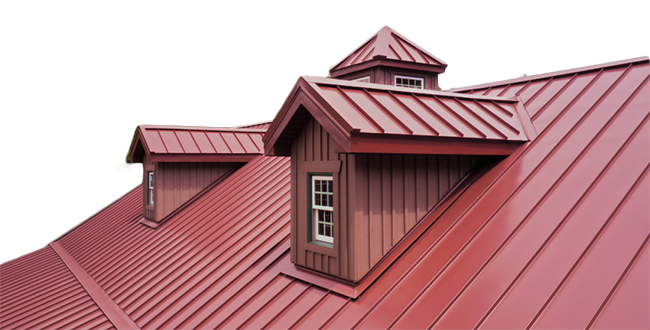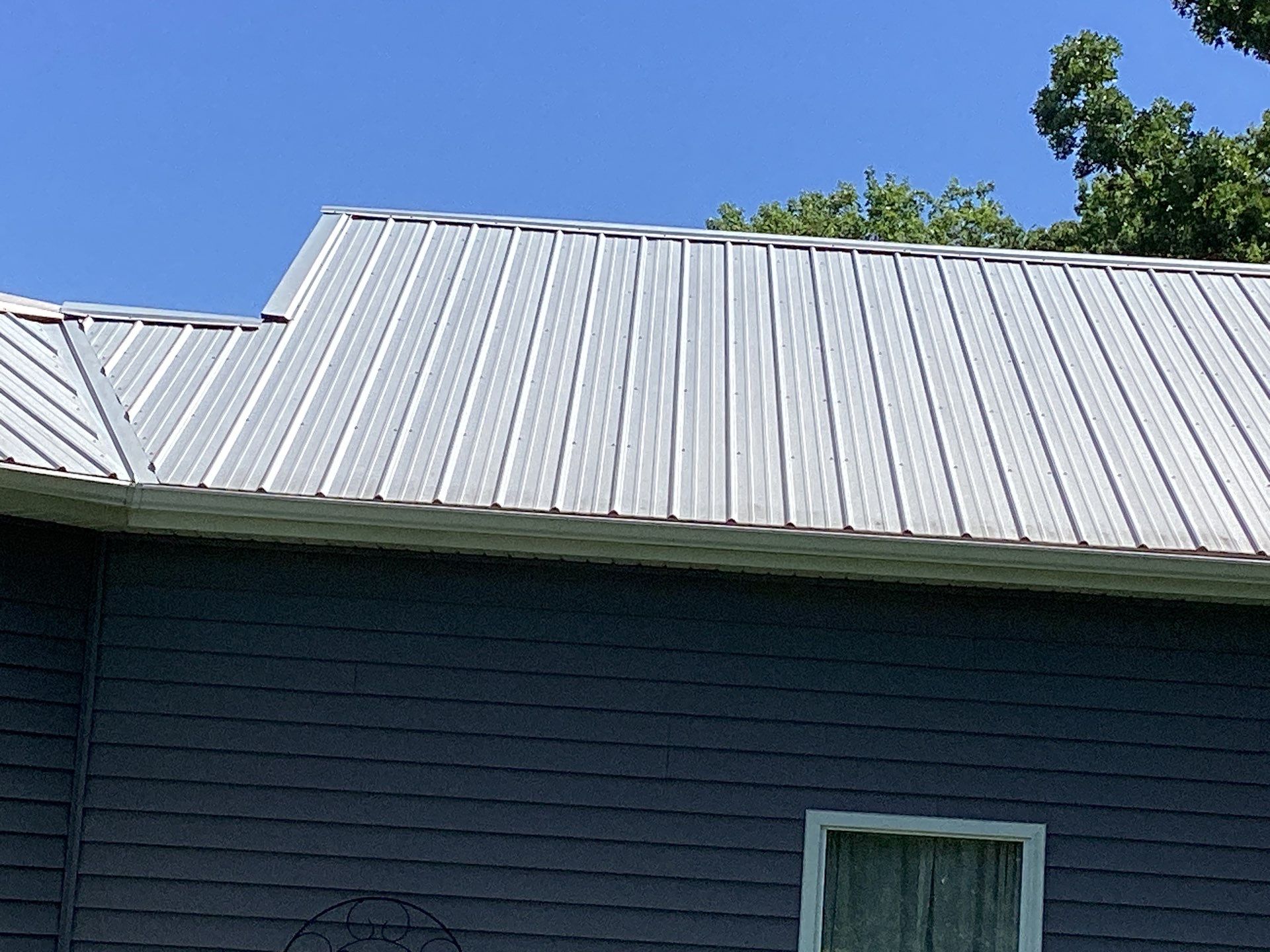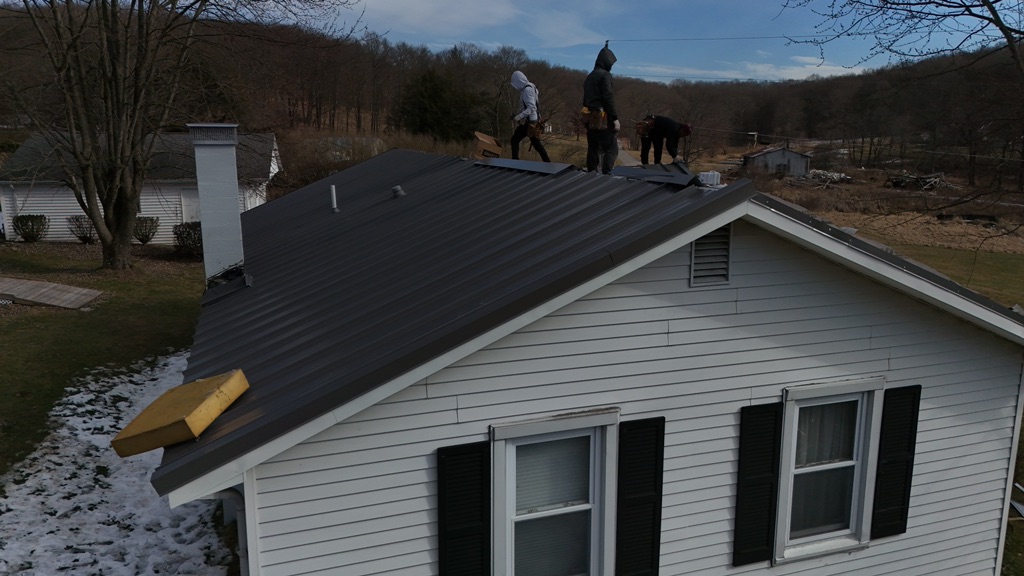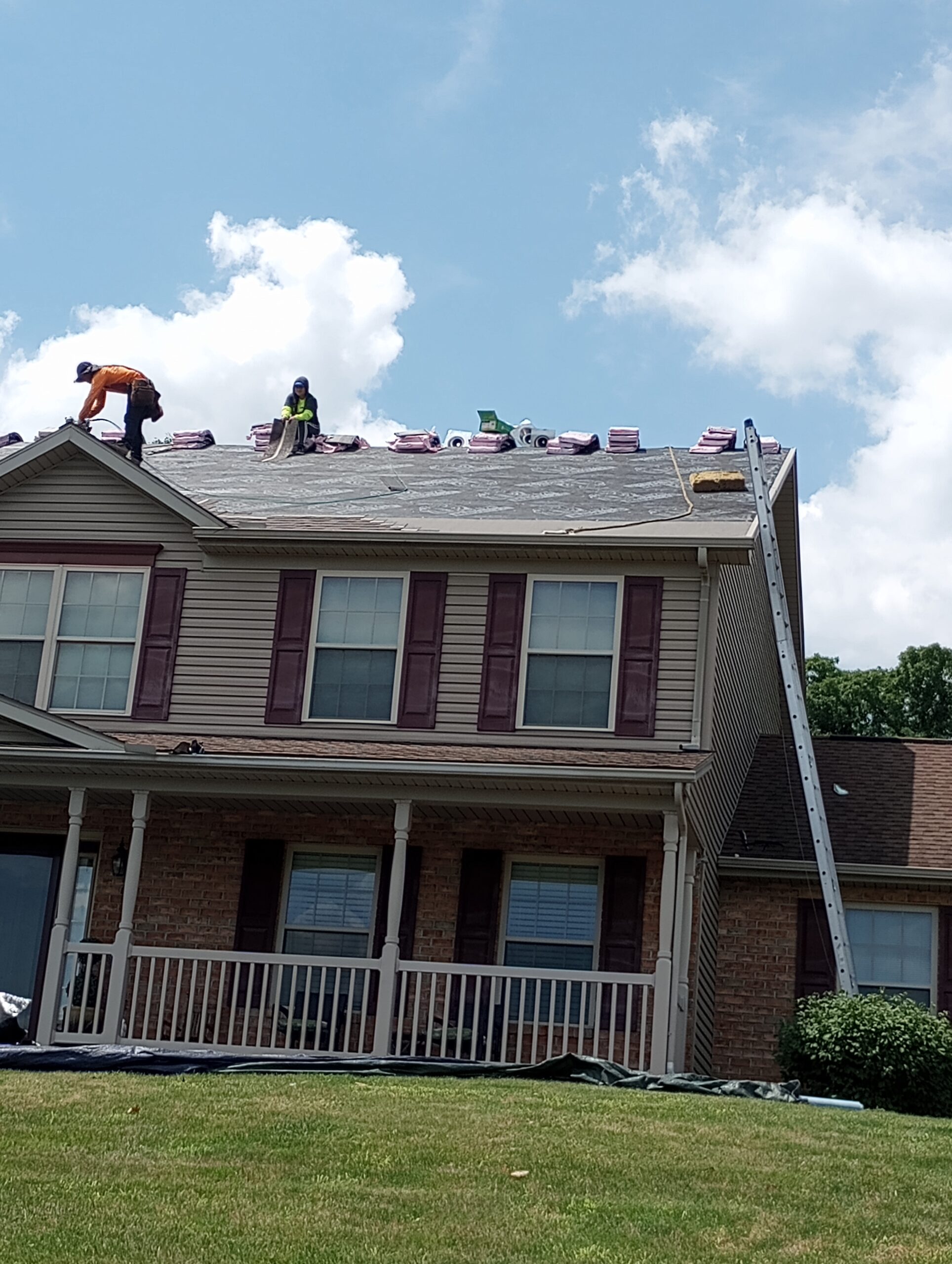Extreme weather can take its toll on any roof, whether it be a residential or commercial building. Without the proper care and maintenance, extreme weather events can cause severe damage to your roof’s structure that could lead to costly repairs down the road.
This article examines how different types of extreme weather, such as snowstorms, thunderstorms, and hurricanes, affect roofs in varying ways. It also provides practical advice for keeping your roofs safe during times of inclement weather.
By taking proactive steps to protect your roof from potential damage caused by extreme weather conditions, you will ensure that it remains in good condition for years to come.
Snowstorms
Snowstorms can have a serious impact on the roof of any building.
Heavy snowfall and strong winds can cause shingles to become dislodged, while ice dams can form in valleys or at eaves when water accumulates behind blocks of frozen gutters.
This is especially common in areas with cold climates that experience frequent winter storms.
The freezing temperatures associated with snowstorms also present problems for roofs by causing expansion and contraction cycles among materials used during construction.
For example, nails may come loose due to metal fatigue as they are subject to temperature fluctuations over time, creating gaps between shingles which allow moisture into the home’s structure.
To minimize damage from these conditions, it is important to take measures such as properly maintaining gutters and ensuring adequate ventilation within attic spaces.
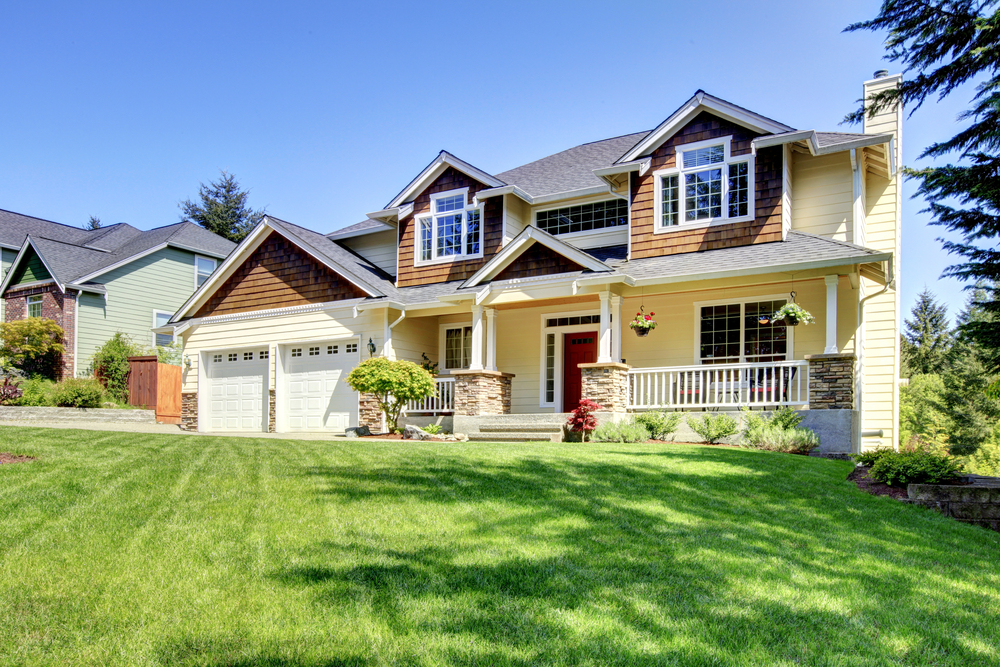
Thunderstorms
Thunderstorms can cause significant damage to a roof, including flooding risks and lightning strikes.
During heavy downpours or hail storms, roofs may become compromised due to the weight of rainwater pooling on top of it. If there is not proper drainage in place, water can build up quickly and begin to seep into homes through windows, doors, and other vulnerable points.
Additionally, lightning from thunderstorms carries an enormous electrical current that can weaken the structural integrity of a building if it reaches metal components such as nails or fasteners used to secure shingles.
A properly installed roof will normally provide adequate protection during most storm events; however, extreme weather conditions should still be taken seriously.
Homeowners must inspect their roofs after every storm for any visible signs of damage and take action immediately if needed to prevent further harm.
Keeping gutters clean and free-flowing will also help reduce associated flooding risks by providing channels for excess moisture away from the home’s foundation.
Taking these precautions will go a long way towards preserving your roof’s condition in the face of severe weather extremes.
Hurricanes
The effects of hurricanes on your roof can be devastating. Hurricanes bring high-speed winds that can cause significant damage to the structure, as well as flooding risks which can lead to water damage and further deterioration.
It is essential for homeowners to check for any signs of wear or weakening in their roofs prior to a hurricane so they can take preventive measures such as reinforcing shingles or making necessary repairs.
In addition, during a hurricane it is important to clear debris from gutters and downspouts, trim trees near the home, anchor items outside away from the home and inspect windows when possible.
If these steps are taken before and/or after a hurricane – along with regular maintenance throughout the year – then one’s roof may stand up better against extreme weather conditions.
Homeowners should always seek professional advice if there is concern about potential storm damage to their roofs.
High Winds
High winds can have a significant impact on roofing systems. The force of wind can cause shingle loss, displacement of vent covers and other accessories, and even damage to the flashing used around chimneys or dormers.
In addition to these direct effects, high winds can also lead to indirect problems such as flooding risks caused by clogged gutters due to dislodged debris, or ice damming from pooled water in valleys and eaves that refreeze when temperatures drop.
It is important for homeowners to know their local building codes regarding which type of roof system should be installed depending on the area’s climate and weather patterns. Depending on the region, some roofs must be rated for higher wind speeds than others.
Additionally, periodic maintenance checks will help ensure safety against extreme weather conditions like high winds that could otherwise lead to serious issues down the road if left unaddressed.
Hail
Hail is a common occurrence in many parts of the world, and it can cause significant damage to roofs.
In order for homeowners to protect their roof from hail damage, there are several steps that must be taken.
One of the most effective ways to prevent hail damage is by ensuring that all shingles on the roof are installed correctly and securely.
Additionally, installing additional protection such as impact-resistant shingles or metal shields can provide an extra layer of protection against hail strikes.
Homeowners should also keep trees trimmed around the house so they do not come into contact with the roof during storms.
Finally, regular inspections should be carried out after storms to ensure any potential issues have been identified quickly before more serious damage occurs.
By taking these preventive measures, homeowners can reduce their risk of experiencing expensive repair costs due to hail damage.
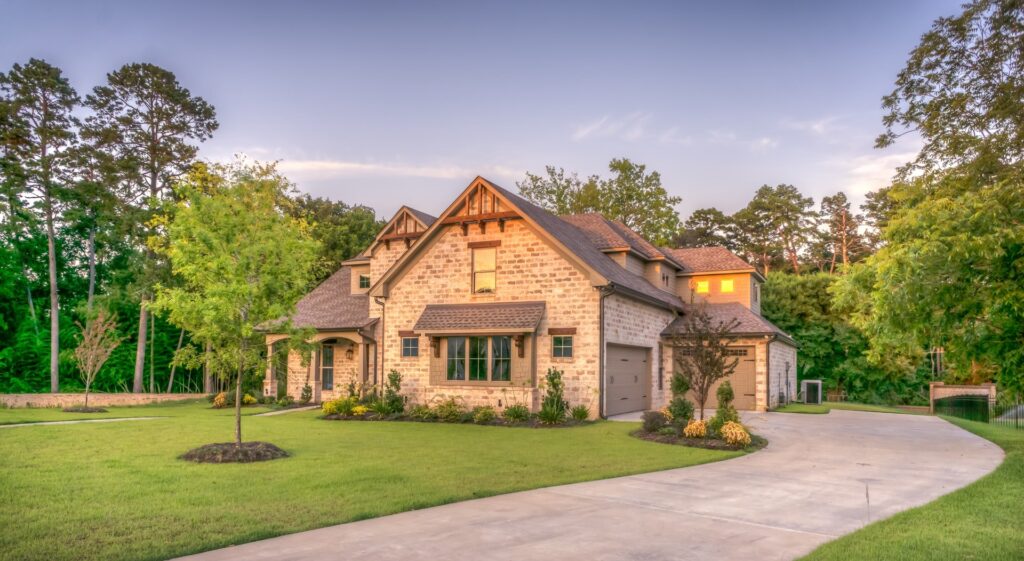
Hot Temperatures
Hail can significantly damage a roof, but hot temperatures and rising humidity can also have an impact.
High temperature causes the materials in your roof to expand which can lead to cracks in shingles or other parts of the roof. This expansion and contraction due to temperature changes puts stress on the entire structure of the roof.
Additionally, high levels of humidity increase moisture within your attic space leading to condensation that may cause further issues with mold growth and rot.
Furthermore, UV radiation from direct sunlight adds heat energy into your home through the roof causing it to become hotter inside than outside. This additional heat then works against any cooling efforts you make such as running air conditioners or fans thus increasing utility costs.
To combat this issue, consider coating your roof in reflective paint so that some of this heat is reflected away rather than absorbed by your home’s interior walls and furniture pieces.
Regular Maintenance
Maintaining the integrity of a roof is an important part of making sure that extreme weather conditions do not cause severe damage. Regular maintenance and upkeep are essential to preventing issues caused by inclement weather, such as leaks or even collapse.
Taking preventive measures can help extend the life of a roof and prevent costly repairs in the future. Proper ventilation is also essential for keeping a roof safe from extreme weather. Properly ventilating roofs helps reduce moisture buildup underneath shingles, which can eventually lead to rot and other damages due to wear and tear over time.
Additionally, taking steps like cleaning gutters regularly will ensure water flows away properly during storms, reducing the amount of potential damage done to your roof. Taking these kinds of precautions is key for maintaining the structural integrity of roofs against harsh weather conditions.
Doing so will provide years of protection against intense rain, snowfall, hail, windstorms, and more — ensuring homeowners have peace-of-mind when it comes to their roof’s condition.

